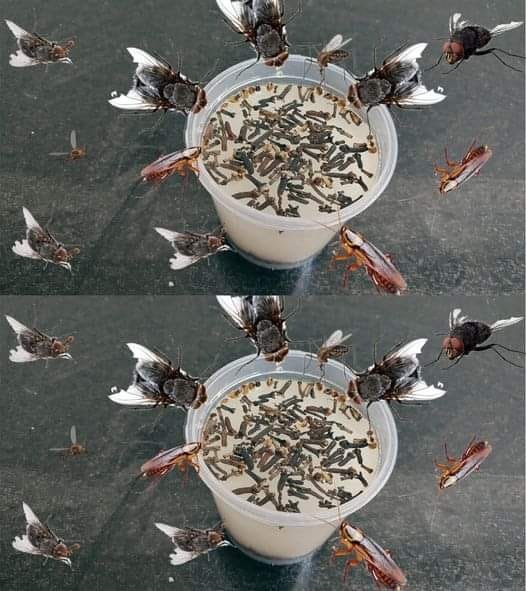For millions of households around the world, an electric kettle is a daily necessity. Whether it's for making tea, coffee, or boiling water for instant meals, this simple appliance is often taken for granted. But what if this everyday convenience was quietly affecting your health?
Take a closer look at the image above. On the left, a standard electric kettle—nothing unusual. But on the right, a disturbing discovery: rust-like deposits forming on the bottom of the kettle, pointed out by red arrows. It's a common sight in many homes, yet it's something most families ignore—until it's too late.
What Is That Brown Buildup?
That brownish or reddish residue is often a combination of mineral deposits and corrosion. If you live in an area with hard water (which contains high levels of calcium and magnesium), repeated boiling leads to limescale buildup. In some cases, especially with older or lower-quality kettles, the metal inside may begin to corrode, leading to rust flakes mixing into your water.
Why This Should Concern You
Health Risks: Constant consumption of water contaminated with rust or limescale can irritate the digestive tract and may pose risks over time, particularly for children, elderly individuals, or those with weakened immune systems.
Taste and Smell: The deposits can give your water a metallic or musty taste, affecting everything from your tea to your soup.
Shortened Appliance Life: Ignoring this buildup can also damage your kettle's heating element, causing it to overheat or fail prematurely.







